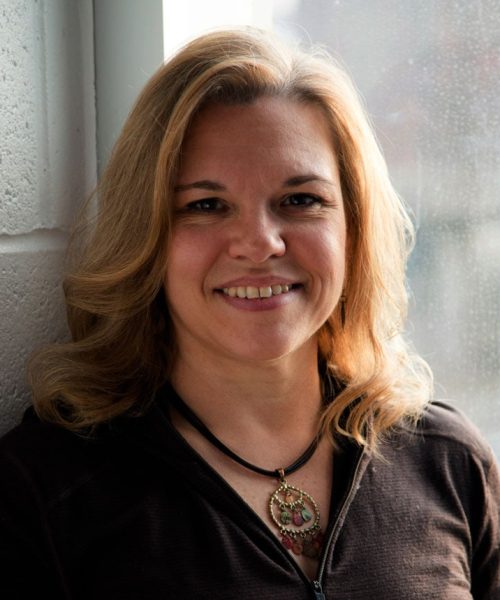As fundraising professionals, we are well aware of the transformational potential of a major campaign. It can galvanize your constituents, significantly advance your organization and even bring entire communities together.
An often overlooked and undercooked component of a campaign is its branding. A campaign’s brand is not just a brochure, video, website or logo. These are tools we use to convey a brand – they are not “the” brand, and they are not the places to start when you need to create a brand.
In this month’s blog post, Carter’s Managing Director Beverly Brooks Thompson, Ph.D., CFRE, and Marketing & Communications Director Becky Brandt offer a step-by-step guide that you can use to create the most effective campaign brand possible and help you determine if you even need a campaign brand. Plus, we’ve included Carter’s downloadable campaign brand vehicle checklist (download here) to make sure you’re spreading your message as far and wide as possible!
Do you need a specific campaign brand?
Use the following questions to determine if your current organizational branding is enough or if your campaign requires its own brand. If you find that you do not need a specific campaign brand, these questions can also help you position your organizational brand for your campaign.
Regarding your organizational brand:
- Does your organizational brand reinforce your story?
- Does it make people want to hear more about you?
- Is the organizational brand appropriate for the specific audience(s) you are trying to reach: donors, alumni, friends, faculty, grateful patients, etc.?
- Does the brand form an emotional attachment and incite action?
If the organizational brand does not accomplish these goals, consider a specific brand for your fundraising campaign.
Regarding your campaign:
- Does this campaign address a specific need outside of the normal order of business?
- Does the campaign have a definite beginning and end date?
- Does the campaign have a definite goal?
- Are these goals in addition to normal fundraising efforts?
- Do you need to link multiple fundraising entities together with a singular vision?
If you’ve answered yes to these questions, consider a specific brand for your fundraising campaign.
Creating Your Campaign Brand
Fundraising campaigns need an identity that is easily recognizable and ties into the ideals and emotions of the audience. A campaign is a vision for the future — the brand is how that vision will spread and an invitation to others to join in making that vision a reality.
A brand is a way of representing your campaign’s persona through the stories you tell. When you sit down to build out your campaign brand, answer the following questions:
- How will this campaign make an impact?
- How are you changing lives?
- How will things be different when your campaign reaches its goal?
- How do you want donors to feel when they’ve made a contribution to the campaign?
- Your campaign brand should align with the personality of your fundraising prospects. Who are they? Caregivers? Heroes? Creators? Explorers? Innovators? If you know the personality of your prospects, you can tailor your storytelling to help them forge a deeper connection with your organization and campaign.
- What makes your organization unique, and what are your constituents already connecting to within your organization? This is an attention game, so emphasize what already stands out and what the audience already feels. A great place to find these hooks is in your organization’s history: in the lives of people affected, traditions, customs, unique phrases, heroes, legends, stories told, songs written, etc.
The answers to these questions are collectively your campaign brand, and you can use this information to create your marketing materials.
What’s next?
Now, it’s time to develop a plan to implement your brand and let everyone know what you want and why. Work with a marketing professional – either internally or externally – to write stories and create your supporting pieces: a campaign tagline, brochures, social media hashtags, a campaign website or microsite, videos, impact infographics, etc. The brand should be woven into every message and every method of communication.
Make sure you’re covering all of your bases and reaching as many potential donors as possible with Carter’s campaign brand vehicle checklist.
Click Here to Download Carter’s Campaign Brand Vehicle Checklist
Another helpful strategy at this stage can be referencing a brand archetype guide to find your organization’s archetype match. Brand archetypes can help you refine your messaging and create marketing materials that your prospects will naturally gravitate toward.
Remember to keep your brand and marketing succinct and simple, and don’t veer off from your organization’s current branding. Your audience (hopefully) already has an emotional connection to your organization, so your campaign brand should play off what is familiar and what brought them to your organization in the first place.
If you succeed in creating an effective campaign brand, you will connect with your donors, and your donors will know they are invaluable players in your work and part of something bigger than themselves.
About the Authors

Beverly Brooks Thompson, Ph.D., CFRE - Managing Director
Beverly Brooks Thompson, Ph.D., CFRE, Managing Director of Carter, is a published academic and practitioner in the field of philanthropic leadership. She holds a Doctorate in Human Resource Development, specializing in Organizational Leadership, with more than 25 years of fundraising campaign experience. Her fundraising counsel focuses on major and mega gift strategies, leadership coaching, campaign counsel and readiness, capacity building, and organizational assessment. Beverly currently resides in Baton Rouge, Louisiana. Read more about Beverly here.

Becky Brandt - Marketing & Communications Director
Becky Brandt, Marketing & Communications Director of Carter, has worked in the communications and fundraising fields throughout her career. She’s held positions in health care, human service, youth and higher education organizations. In 1999, along with her business partner, Laurie Nicholl, Becky formed Nicholl Brandt Communications Inc. Throughout her career, Becky has also worked as a consultant and freelancer. Her projects have included writing, graphic design, website development, communications and strategic planning, among others. Becky currently resides in Pittsburgh, Pennsylvania. Read more about Becky here.
About Carter:
When it comes to transformational change, nonprofits are experts at knowing what they need to achieve but don’t always have the tools they need to get there. Carter makes the journey easier. With over 1,000 years of combined experience, the Carter team is comprised of over 40 senior-level professionals working to advance philanthropy worldwide through fundraising, organizational planning and governance. For more information, visit www.carter.global.


